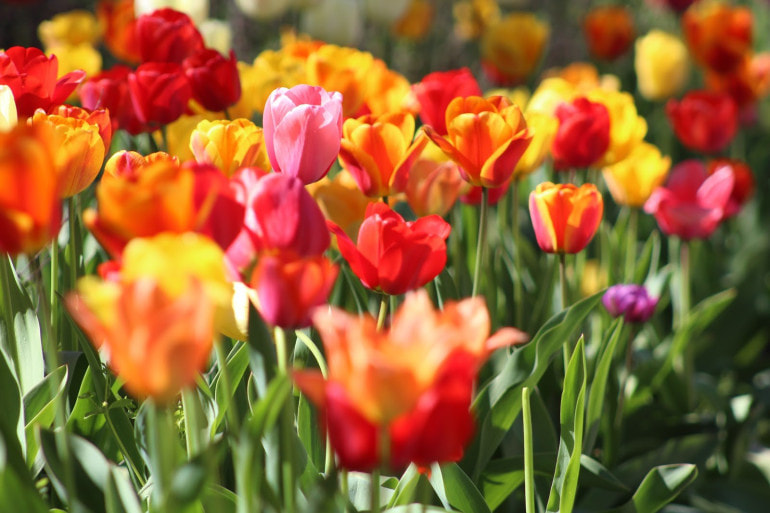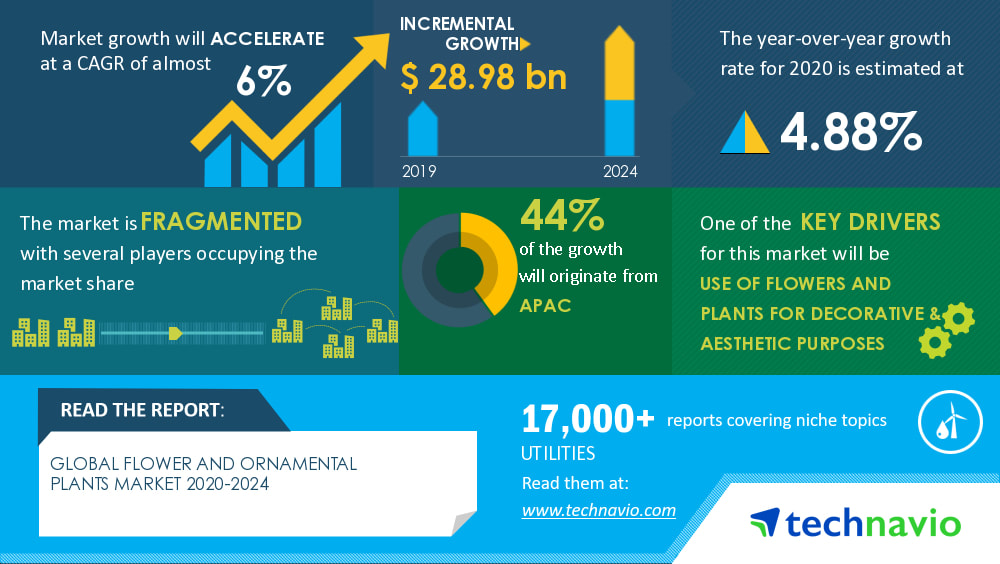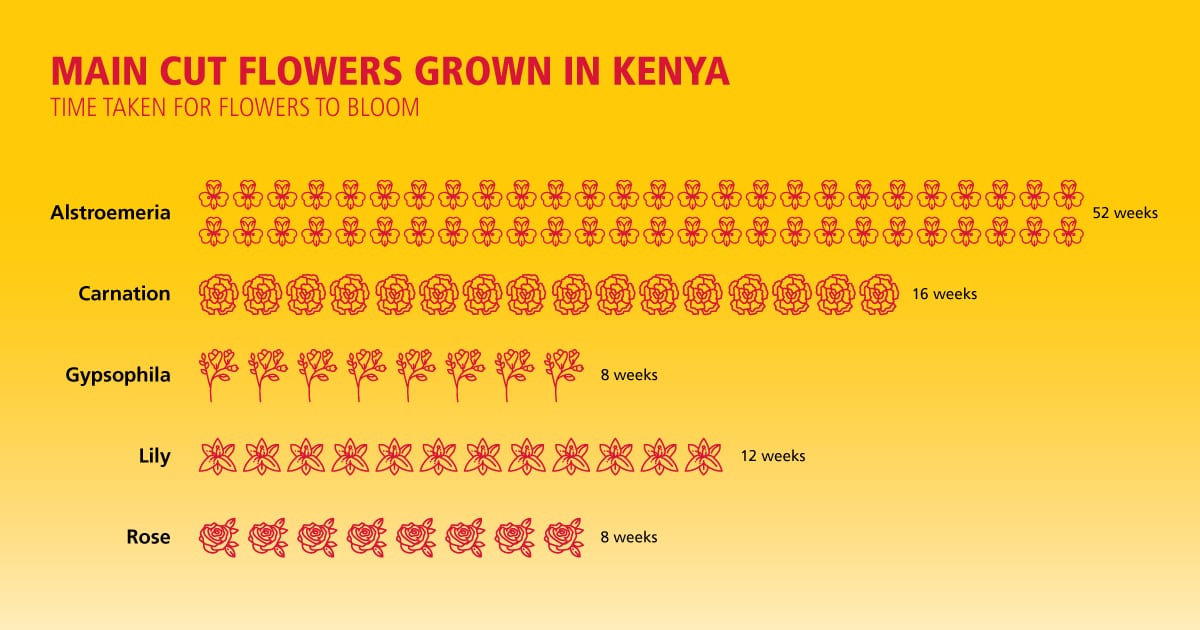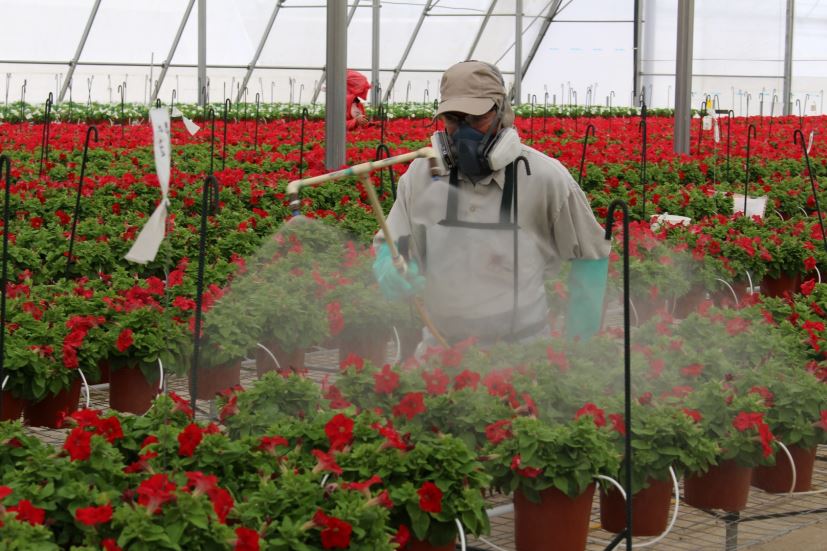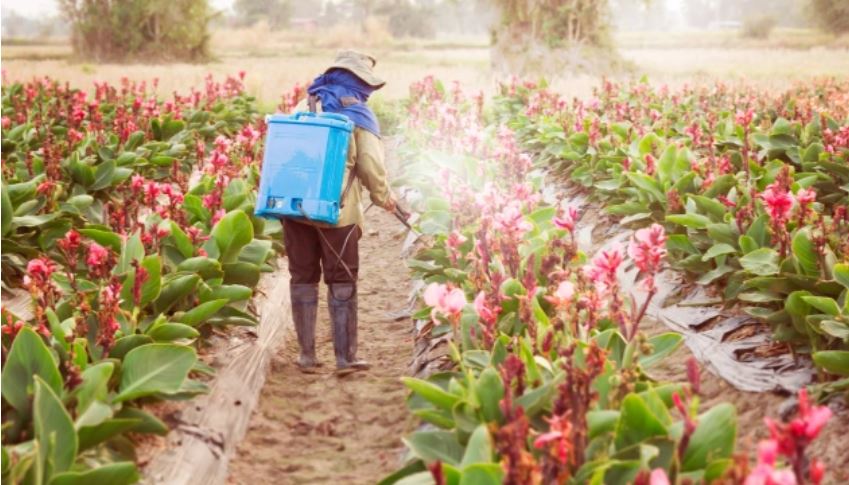15.03.2023
How is the Flower Industry Impacting the Planet? Netherlands Uses 106kg of Pesticides per Hectare of Roses
The demand for flowers is year-round and follows a rapid and episodic pattern which is responsible for the large environmental footprint the industry generates. Flowers must get to the end-consumer between three and five days after being harvested; there is a large economic consequence associated with not doing so, with flowers losing 15% of their value per additional day in transit. Countries such as the Netherlands must grow their flowers in greenhouses due to the cold climate and year-round cloud cover. Greenhouses are typically heated using non-renewable carbon sources and release large amounts of carbon dioxide. Beyond production, the carbon dioxide output is exacerbated by transportation and storage processes. This excessive use of pesticides, as well as herbicides, results in their entry into local soil, and subsequent soil leaching into groundwater promotes eutrophication. Pesticides also reduce the biodiversity of agricultural landscapes, and this form of crop management has detrimental outcomes on farming practices long-term, as the lack of biodiversity directly affects soil resilience. Flowers have a high water demand; the water footprint of one rose flower is estimated to be 7–13 liters. Associated with the energy-demanding export of flowers is additional water export. This has detrimental effects in countries such as Kenya, in which declines in local lake levels can be attributed to commercial farming in the local geography. Credit: Brut.
Poverty deprives people of adequate education, health care and of life's most basic necessities- safe living conditions (including clean air and clean drinking water) and an adequate food supply. The developed (industrialized) countries today account for roughly 20 percent of the world's population but control about 80 percent of the world's wealth.
Poverty and pollution seem to operate in a vicious cycle that, so far, has been hard to break. Even in the developed nations, the gap between the rich and the poor is evident in their respective social and environmental conditions.
Poverty and pollution seem to operate in a vicious cycle that, so far, has been hard to break. Even in the developed nations, the gap between the rich and the poor is evident in their respective social and environmental conditions.


